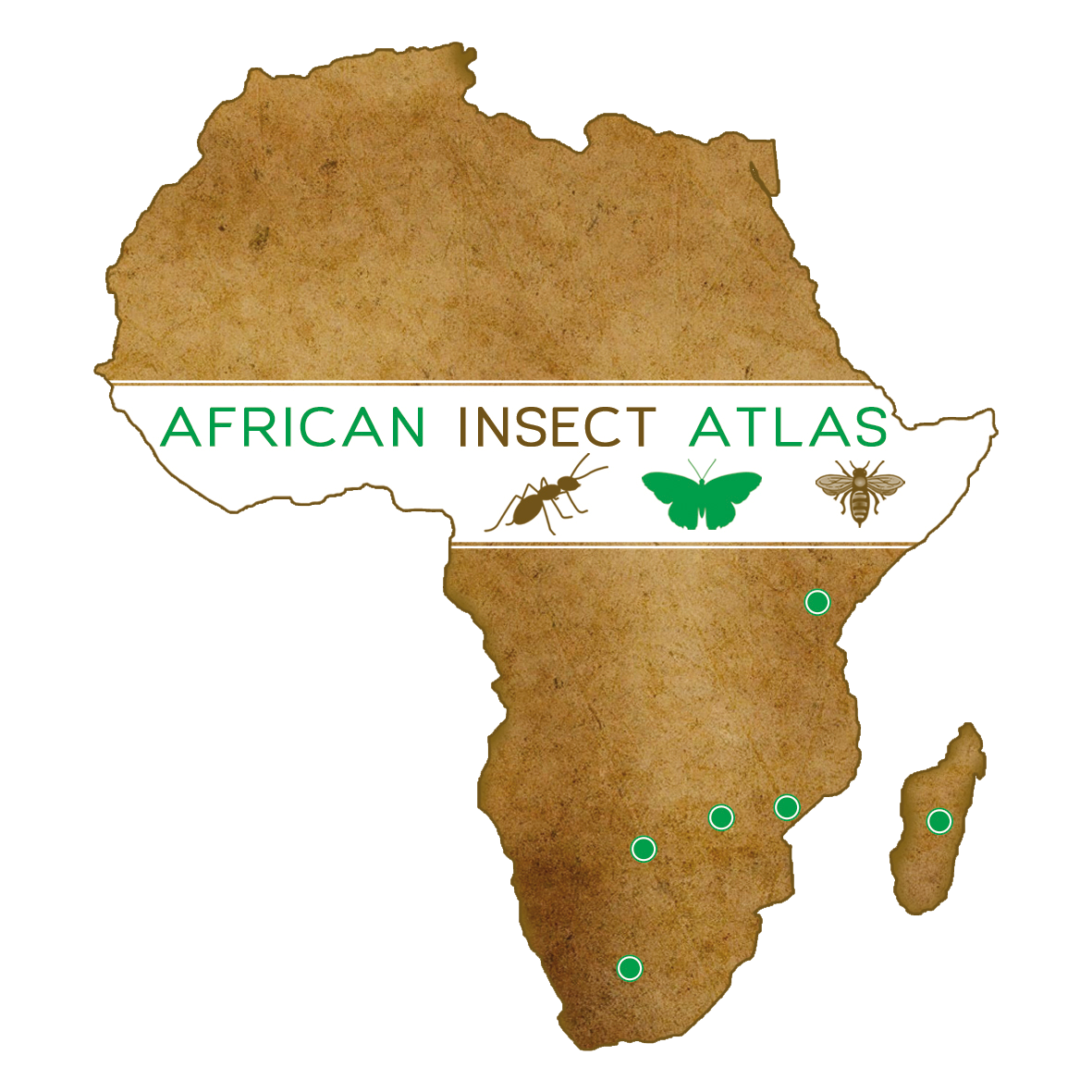This project is the first phase of the African Insect Atlas, which aims to unleash the potential of insects in conservation and sustainability research. Building on the protocols and tools established with other digitization efforts (e.g. AntWeb.org), and in collaboration with researchers at six African museums and the California Academy of Sciences, this project:

-
trains museum staff in digitization specimen and georeferencing techniques
-
guides institutions in choosing appropriate database software
-
digitizes and georeferences more than 150,000 specimen records from African insect collections
-
develops a network of insect-focused leaders who will connect the mobilized data with policy decisions in conservation and sustainability
The vision is to create a digital museum for targeted insect groups of Africa. Insects are more sensitive barometers of ecological conditions than the vertebrates used today, and so the data mobilized through this project will be an important tool for African conservation science and policymaking. Capacity enhancement, through training and the formation of a cross-institutional network, will allow digitization efforts to continue after the BID funding phase.
Project Progress
Leading from the initial digitization workshop held in Nairobi, the regional consortium partners have been making continued progress with cleaning and publishing datasets based on each institution's specific needs and backgrounds as well as species prioritized for digitization.
The Botswana National Museum hosted a data publishing workshop in June with the aim of assisting participants in choosing the best tools for georeferencing, data cleaning and publishing. In addition, the workshop provided 20 participants from multiple departments of the museum with insights to the GBIF website and data hosting platforms.
Throughout the project, data records of 4 insect orders have been digitized comprising of 6262 Odonata, 167 Ephemeroptera, 350 Trichoptera and 3216 Hymenoptera records. Partners are continuing to focus on georeferencing and publishing their data collections.
Data captured as a result of the project has already been applied and made useful contributions to conservation and biodiversity priorities for the region. Insect data digitized in Madagascar has been used to show species distribution to identify and guide a strategic path for farming insects to alleviate food poverty in the southern part of the country. A report on Kenyan dragonflies using data digitized from the project has highlighted significant knowledge gaps in the country’s records and will serve as the first step in providing missing data to assist in the Red Listing of species. The findings were presented at the University of Cape Town. Macroinvertebrate data captured from the project has also been useful in two South African conservation research projects presented at the Society for Conservation Biology’s International Congress for Conservation Biology in July.
Following the intitial meeting in Kenya attended by all of the regional consortium partners, a second collaborative regional meeting has been held in February 2018 in Madagascar, this time with a focus on biodiversity data modelling.



